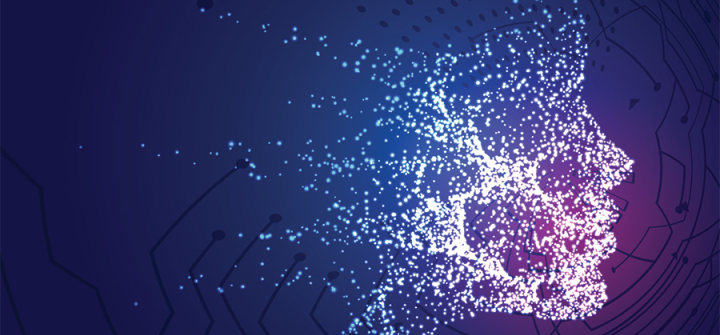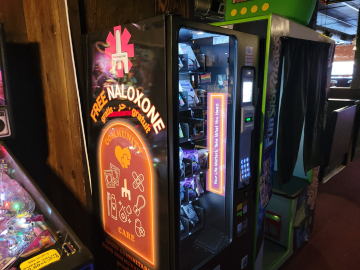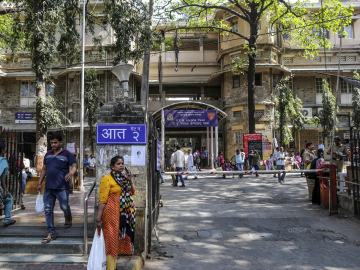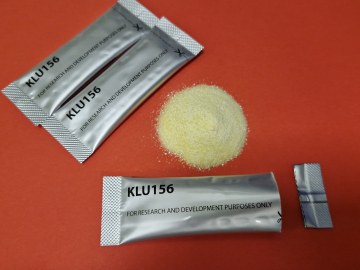Disruptive Technologies: Keeping an AI on Disease Surveillance
Technology has already taken disease surveillance a long way since John Snow pored over maps to investigate 19th-Century London’s cholera outbreak. Now, Artificial Intelligence (AI), packing superpowers in data processing and predictive modeling, is poised to be a trailblazer, capable of transforming disease surveillance as we know it.
AI, generally used to explain computer systems capable of performing tasks that would otherwise require human intelligence, has been quite a buzzword lately. There are various subsets of AI, such as machine learning and deep learning, where a computer uses neural networks—mimicking the processing system of the brain—to help break down patterns in large datasets. In today’s global village, AI can be used to capture information from indicators (country reports, monitoring reports, social media, medication purchases, hospital/emergency department data) for real-time surveillance that can expedite detection of outbreaks of potential public health concern.
Automated surveillance systems have the capacity to amass and sort vast amounts of heterogeneous data for patterns and abnormalities. Such efficiency also relies less on human labor and improves upon delays in reporting from clinicians, laboratories or other public services—thereby improving efficiency, interoperability, and reducing costs to respond to outbreaks. Additionally, AI technology can be useful for ‘contact tracing’ within large datasets during an outbreak. One example of a system utilizing AI for surveillance is the Bioportal project, initiated by the University of Arizona AI Lab alongside the New York State Department of Health and the California Department of Health Services. Bioportal utilizes real-time hospital data, free text hospital complaints, and social networks data to perform hotspot analyses, which provide interactive spatial and temporal patterns of outbreak clusters. AI’s potential in surveillance is also shown by a study that monitored Twitter “chatter” on influenza or influenza symptoms during the 2012-2013 influenza season. The Twitter-based AI surveillance system consistently predicted and mirrored the CDC data with 85% accuracy. Other examples of use of AI in disease surveillance include Public Health Agency of Canada’s Global Public Health Intelligence Network (GPHIN), a digital, automated surveillance tool, which collects information from news feed aggregators and then reports to national and international health agencies, such as the WHO Global Outbreak Alert and Response System (GOARN). In fact, back in 2004, GPHIN detected Canada’s SARS outbreak 2 months ahead of the WHO. Other platforms, such as ProMedMail and healthmap, tap AI to aggregate and process disease surveillance data. These tools undoubtedly represent a new dawn for disease surveillance, but will AI technology remain a hallmark of developed economies, or could it leapfrog the surveillance systems of low- and middle-income countries (LMICs) as well?
The growing penetration of smartphones worldwide, and lower policy barriers in many LMICs, open the door to AI’s use in both disease surveillance and efforts to advance Universal Health Coverage (UHC). There are a few success stories already. Aajoh, a Nigerian health tech company, is utilizing an AI-based app for fast remote medical diagnoses. Other platforms such as Cameroon’s Datareach utilize AI for epidemiological monitoring. AI technology offers myriad potential benefits in resource–constrained areas, especially in areas with low doctor to patient resources.
While there is immense potential opportunity for AI to inform disease surveillance in a growing and inter-connected world, there are also potential pitfalls and weaknesses that would need to be addressed. As countries embrace AI, the dearth of data scientists, data privacy; abuse, and the issue of misinformation all present major challenges. The data collected by AI for disease surveillance could include personal information that could be abused. For all the promise that AI holds in revolutionizing disease surveillance, a major roadblock in its scale-up could be lack of data collection and data security measures. The issue of missing data is especially true in low- and middle- income countries, which may also lack infrastructure and human capital required to maintain these systems. Scarcity of data, and lack of transparency on algorithms (especially where private companies are involved), could compound challenges of misinformation or false alarms that could potentially occur with AI based platforms, especially if they rely on social media data.
Ultimately the success of AI in disease surveillance rests on how well we innovate and prepare for health systems of the future. Integrating AI systems for disease surveillance with traditional surveillance networks would help; so will investments in programs that are improving human capital skill sets for the future. One example is the Pulse Lab Kampala, which is training the next generation of data science analysts. Engaging the private sector by building partnerships, and educating the policymakers in risks and opportunities of AI to address systemic gaps in disease surveillance would help as well. In the end, the future of AI in disease surveillance is worth keeping an eye out for.
Stephanie McKay, MPH, is a Research Assistant at the Center for Global Health Science and Security at Georgetown University, where she conducts research related to the Global Health Security Agenda.
Sulzhan Bali, PhD, MS-GH,* (@sulzhan) is an international development consultant specializing in health security, one health, and pandemic preparedness.
*The views in this article are authors’ alone and do not represent the views of the organizations with whom they work.
Join the tens of thousands of subscribers who rely on Global Health NOW summaries and exclusive articles for the latest public health news. Sign up for our free weekday enewsletter, and please share the link with friends and colleagues: http://www.globalhealthnow.org/subscribe.html
iStock




